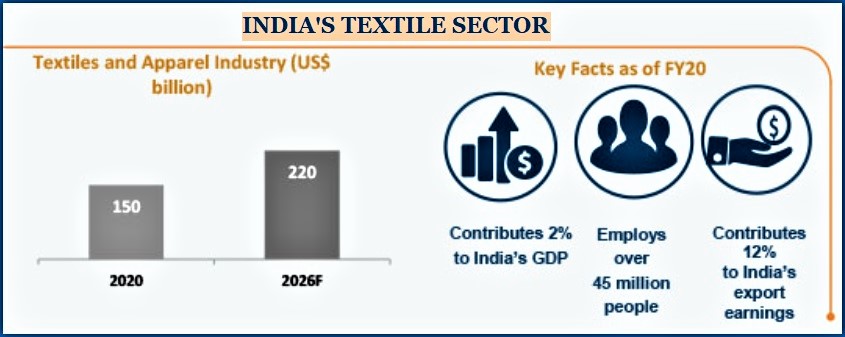7667766266
enquiry@shankarias.in
India’s modest export performance of India’s textiles sector can be negated when import duties in developed countries become zero through free trade agreements (FTAs).
Types of FTA
To know more about FTAs, click here
The duty in the EU and the UK on most garments imported from India is 12%.

References